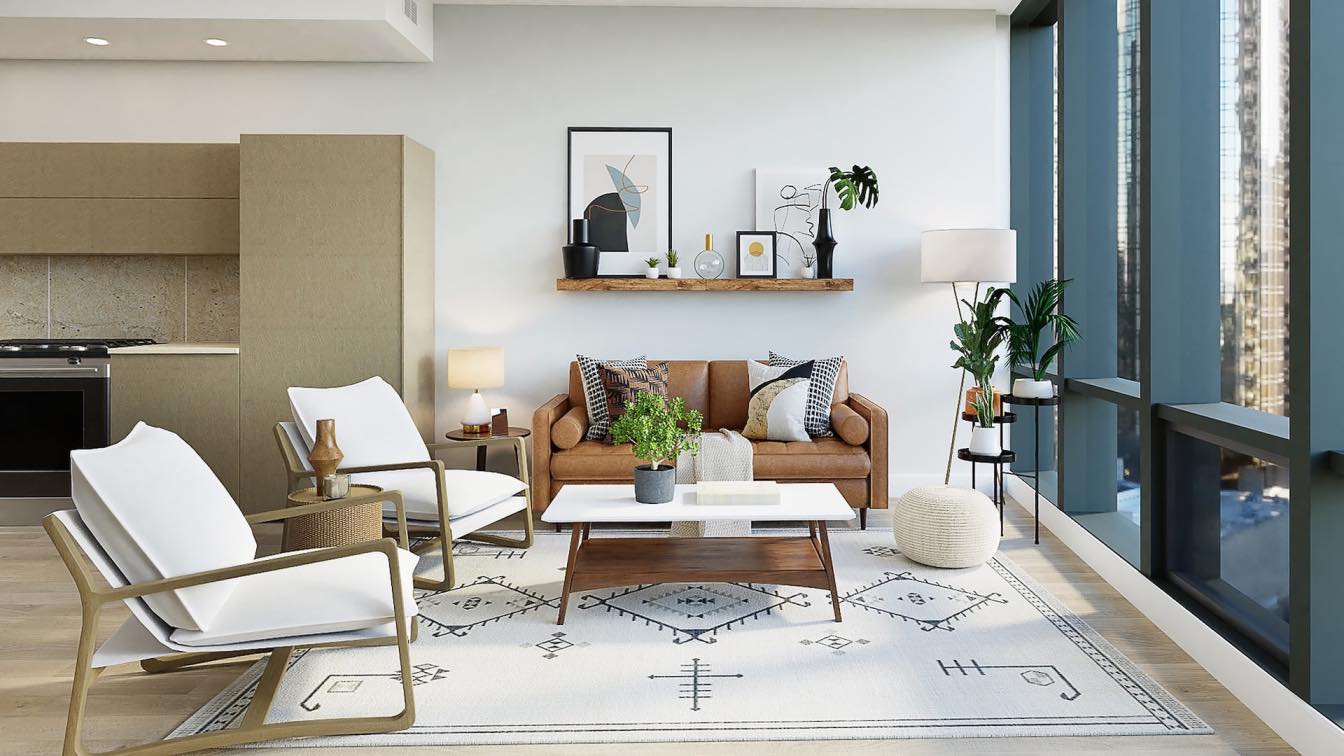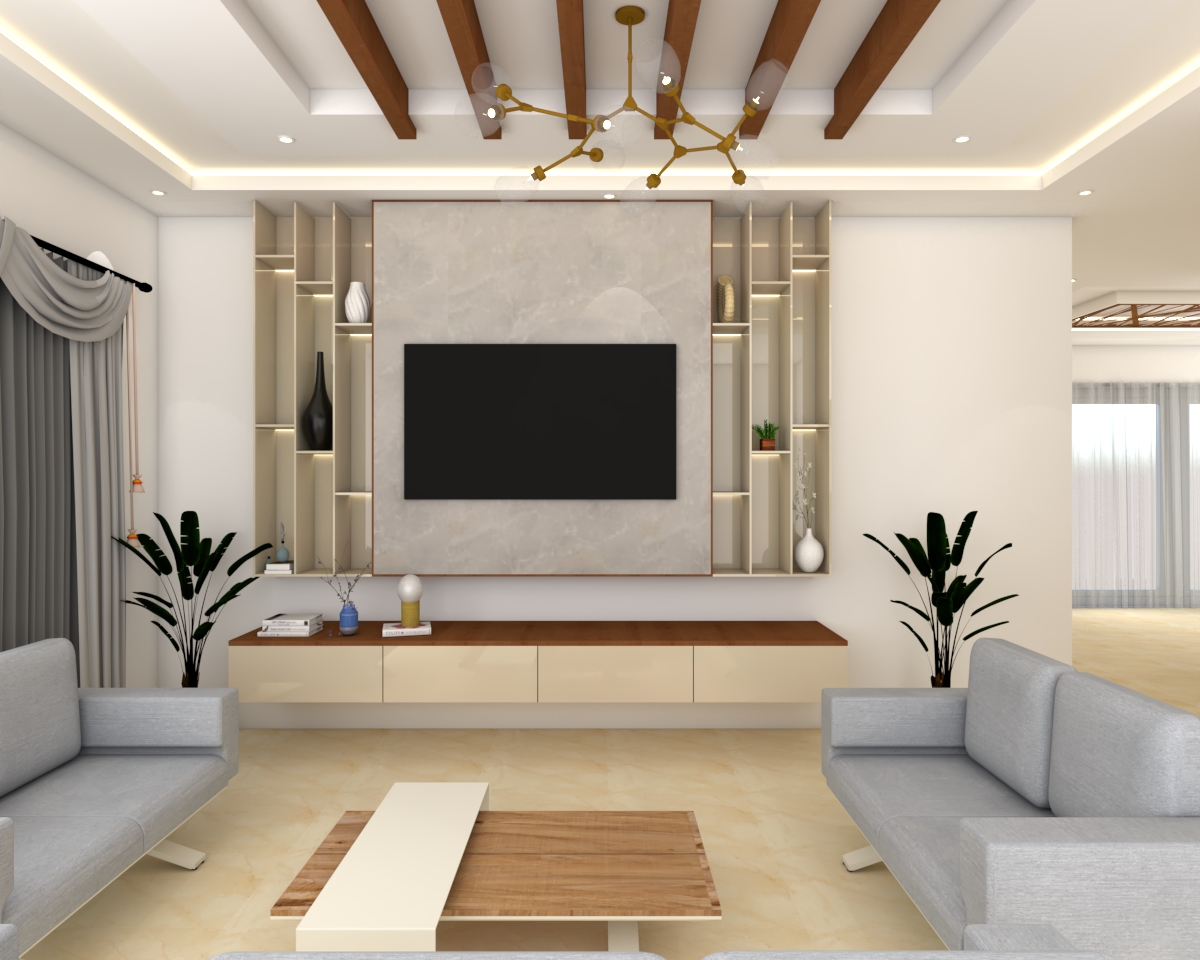Redefining Rooms: The Function of Interior Architecture Miami in Modern Layout
Redefining Rooms: The Function of Interior Architecture Miami in Modern Layout
Blog Article
Why Comprehending the Principles of Interior Decoration Is Necessary for Effective Room Planning
Recognizing the concepts of interior style is basic to reliable space planning, as it lays the foundation for developing settings that integrate performance with visual charm. Vital aspects such as percentage, flow, and balance are not just attractive factors to consider; they are critical in optimizing how a room is made use of.
Value of Area Planning
Room preparation is an essential aspect of indoor style that substantially influences the capability and aesthetic appeals of an area. It involves the strategic setup of furniture, components, and architectural elements to maximize using readily available area while enhancing the general individual experience. Effective room planning addresses numerous elements, consisting of circulation, ease of access, and the certain needs of the passengers.
One of the key benefits of room planning is its capacity to improve spatial performance. Interior design studio Miami. By thoughtfully arranging a layout, developers can ensure that every area serves an objective, decreasing mess and advertising a sense of order. In addition, proper area preparation fosters a harmonious environment, enabling seamless movement and communication within a room
Additionally, effective space planning considers all-natural light, sightlines, and the relationship in between different areas. This alternative strategy not only raises the visual allure but likewise adds to the wellness and performance of the passengers. Inevitably, a well-executed space plan is critical in developing a well balanced and inviting atmosphere, making it vital for any kind of indoor style task.
Trick Concepts of Interior Design

One basic concept is balance, which can be in proportion, unbalanced, or radial. Balanced balance creates a sense of order, while unbalanced equilibrium supplies a more vibrant aesthetic allure. Another essential principle is percentage and range, ensuring that the size of furniture and decoration components connect harmoniously to each other and the overall area.
Color theory likewise plays a considerable function, influencing state of mind and assumption. Developers make use of shade palettes to evoke certain feelings and improve the spatial experience. Furthermore, the concept of rhythm involves creating a sense of movement through repetition of forms, patterns, or shades, directing the eye throughout the area.
Finally, the concept of focus guides attention to focal points, allowing for a clear story within the layout. Interior design studio Miami. By sticking to these vital concepts, interior designers can develop atmospheres that not only meet useful demands however also reverberate with the residents on an emotional degree
Effect On Performance and Flow

The setup of furnishings, the option of materials, and the integration of modern technology all play essential functions in accomplishing optimal capability. Positioning seating locations in proximity to workspaces can promote interaction and collaboration, therefore improving performance. Additionally, making certain that pathways are unblocked and clear permits reliable movement, lowering blockage and advertising an all-natural flow throughout the area.
Moreover, including elements such as lights and try this web-site color can additionally assist in defining locations, making it less complicated for people to browse their environment. Thoughtful room planning takes into consideration not only the physical elements of layout but likewise just how users engage with their environments. Inevitably, a focus on functionality and circulation not only boosts the individual experience but likewise raises the total performance of the space, producing an atmosphere that satisfies the requirements of its occupants while cultivating a sense of harmony and equilibrium.
Enhancing Appearances and Mood
3 key elements-- structure, color, and illumination-- play crucial duties in boosting the visual appeals and mood of an interior area. Color establishes the emotional tone; warm colors like reds and oranges evoke power and heat, while cooler tones such as blues and greens promote peace and peace. Picking an unified shade combination can change an area, developing a natural and aesthetically attractive setting.
Appearance includes depth and rate of interest, adding to the tactile experience within an area. A mix of appearances-- smooth surfaces, luxurious materials, and natural materials-- can create visual intrigue and improve comfort. Matching a soft velour couch with a smooth glass coffee table can create a well balanced aesthetic that invites communication.
Lights, typically an overlooked element, considerably impacts mood. All-natural pop over here light fosters an open, airy ambience, while strategically put fabricated illumination can develop warmth and emphasize architectural functions. Dimmer switches enable versatility, permitting for changes to fit numerous activities or times of day.
Integrating these 3 aspects attentively not only raises the aesthetic appeal of an area but additionally cultivates an ambience that resonates with its designated objective, inevitably enriching the total experience for its residents.
Practical Applications in Real Life
Applying interior decoration concepts in real life needs a thoughtful technique that incorporates shade, texture, and lighting into daily rooms. By understanding exactly how these aspects interact, people can develop environments that are not only visually appealing however likewise practical and unified.
For example, in a little living location, utilizing a light shade combination can make the room feel bigger and more open. Strategic use of mirrors can enhance natural light and create an illusion of deepness. Incorporating various textures with textiles, such as rugs and pillows, can include heat and passion without frustrating the senses.
Illumination plays an essential duty in defining the atmosphere. Split lights, containing ambient, task, and accent options, allows flexibility in state of mind setups. In a home workplace, as an example, a combination of all-natural light, desk lights, and attractive fixtures can increase productivity while maintaining a welcoming atmosphere.
Furthermore, understanding spatial relationships and furnishings plan can lead to boosted capability. By adhering to concepts such as balance and percentage, one can make sure that areas offer their designated function while remaining cosmetically pleasing. In general, practical applications of indoor style concepts substantially enhance the livability and appeal of any type of setting.
Conclusion
To conclude, comprehending the principles of interior decoration is critical for efficient space planning, as it cultivates a balance in between performance and appearances. By applying crucial concepts like this such as proportion, shade concept, and flow, designers can develop settings that enhance both functionality and visual charm. Inevitably, this knowledge adds to the development of areas that not just meet functional demands however additionally elevate the general ambience, leading to more reliable and delightful experiences for users.
Comprehending the concepts of interior design is fundamental to reliable area planning, as it lays the foundation for developing environments that harmonize performance with aesthetic appeal.Room preparation is a fundamental facet of interior style that substantially affects the capability and looks of an area. Additionally, proper space planning cultivates an unified setting, permitting for smooth movement and interaction within a space.
Additionally, the principle of rhythm involves creating a sense of motion through repeating of colors, shapes, or patterns, directing the eye throughout the area.
In final thought, comprehending the concepts of interior layout is critical for reliable room preparation, as it promotes a balance between functionality and visual appeals.
Report this page